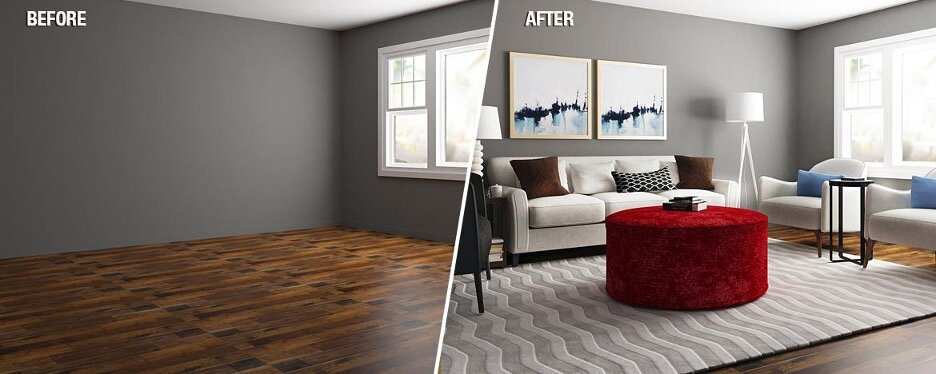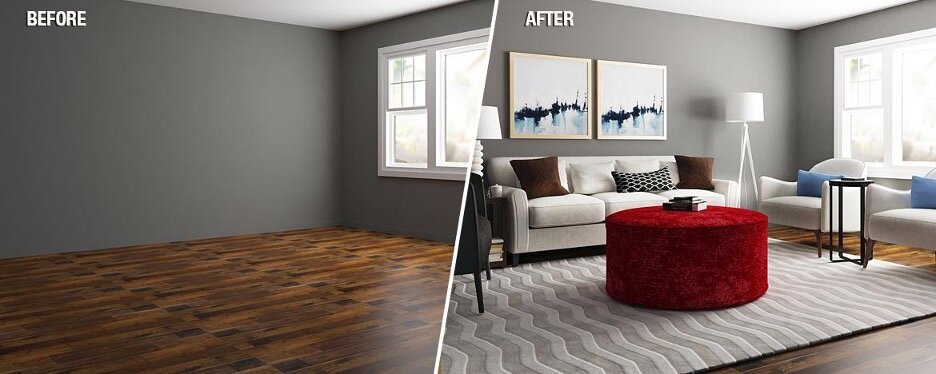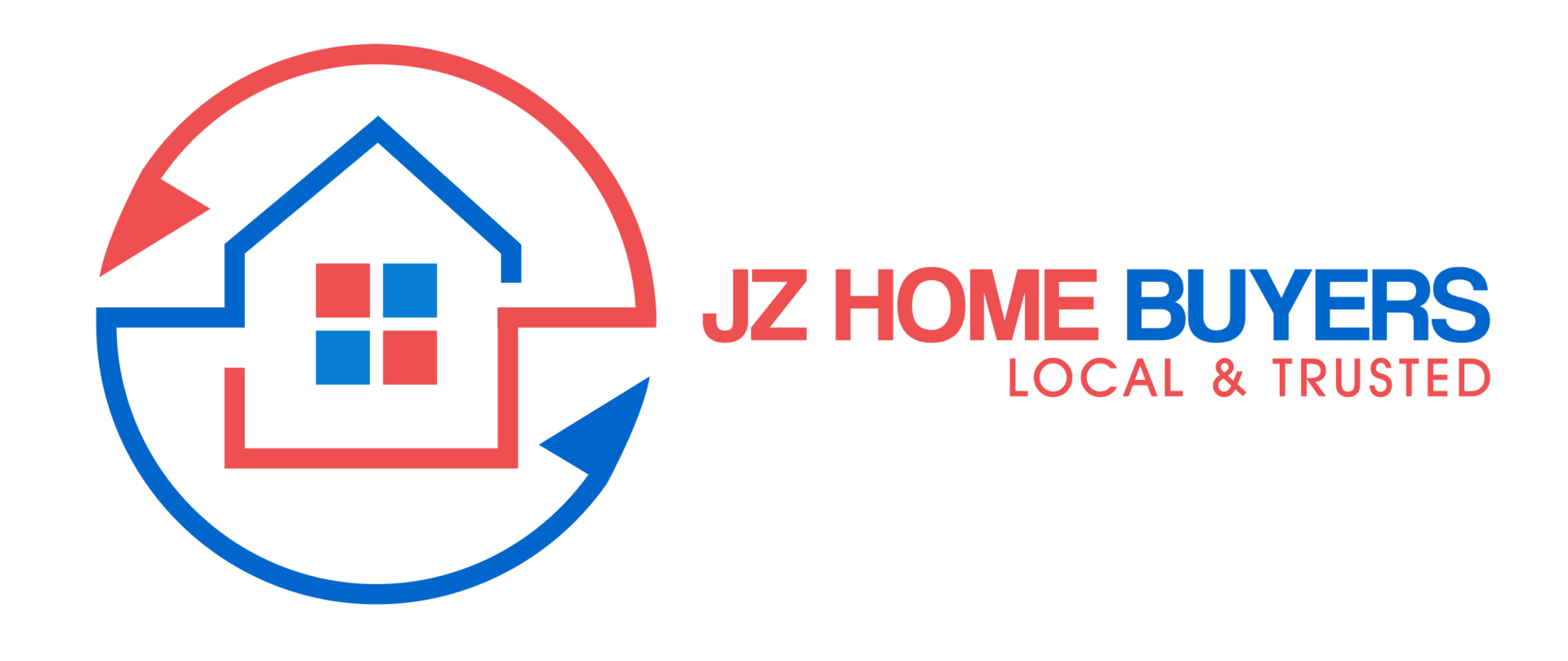
5 Ways to Guarantee Virtual Staging Is Actually Worth It
Is it worthwhile to digitally stage your client’s home? Absolutely! That is if you wish to sell it for a higher price.
According to the National Association of REALTORS®’s 2021 Profile of Home Staging:
– When compared to identifying properties that aren’t staged, home staging improves the offer price by up to 5%, according to 23% of both buyers’ and sellers’ agents.
– 82% of buyer’s agents said staging a home made it simpler for a buyer to see the property as a future home.
– It was found that the living room was very important to 46% of buyers, the master bedroom to 43%, and the kitchen to 35%.
It’s no surprise that virtual staging is one of the hottest trends in real estate marketing, given how convenient it is, and how much cheaper it is (the average cost of a “real” staging service is $1,500, while the average cost of a virtual staging order is $240), and how quickly it can be done.
If you aren’t a professional photographer or designer, or if you just don’t want to risk injuring yourself by staging a client’s house firsthand, here are five quick virtual staging suggestions to utilize while promoting your client’s home. (Please keep in mind that MLS restrictions for digitally staged houses and photographs vary by state, so double-check that you can use them in yours.)
1. Select one service to virtually improve the property. While there are several virtual staging programs available for the do-it-yourselfer, if you are not a professional architecture photographer, a digital editing genius, or don’t have the time to learn yet another piece of software, you may be better off paying the experts to do it. Some virtual staging companies advertise prices as low as $10, but the average price is around $25 per image, depending on the services used to make it.
The cost of virtual staging firms varies according to the digital image services they supply. Simple image improvements, day-to-dusk edits (common for exteriors), item removal (a service you may need if you’re selling an occupied and/or furnished house), and virtual staging are all available, as are full-fledged floor plan redraws, 360-degree virtual tours, and virtual renovations and renderings.
Consider the following when comparing businesses:
- What is their cost structure? Do you pay by image? or by service? What kind of project? How many revisions are there?
- What is the turnaround time?
- How vast is their image library? Do they utilize real-life shots of furniture, or are all images made digitally?
- Do they have on-staff designers with professional staging experience?
2. Maintain your genuineness. Be open and honest about virtual staging. The idea is to present a property in its finest light so that potential purchasers may envision it as their own. It is NOT a tool for duping customers by putting lipstick on a pig.
Virtual staging should only include the addition (or removal) of furnishings and decorations to photographs. It is wrong to use it to try to hide flaws like cracks in the walls or holes in the ceiling or to digitally get rid of things that look bad, like broken fences or utility boxes in the yard.
Make it clear in your listing description and in the photographs themselves that the images have been practically staged. States may legally mandate virtual staging disclosure, so verify your state’s legislation.
3. Provide buyers with alternative space options. Depending on how you present a home’s area, you can attract a wide range of purchasers. Is it necessary for a second bedroom to always remain a bedroom? Stage it to attract purchasers interested in using it as a home office or gym, zen yoga studio, or library/media room. Attract more buyers by arranging places such as the master bath and outside patios.
4. Make use of before-and-after images. Using before-and-after photos, they show consumers what their new home could potentially look like. Make sure the “before” photographs you post show well-lit, clean, and uncluttered rooms. The “after” photographs clearly show that they have been essentially faked.
5. Don’t go overboard. Maintain simplicity. The options with virtual staging are essentially limitless, depending on the inventory of photos accessible through a staging service. Make sure your prepared photographs aren’t centered on a certain piece of furniture or décor. You simply want to show buyers how the fundamental bones of a room may be improved. Don’t include any fixtures, such as window coverings, that would normally be expected to be included in the sale of the property. In lower-end houses, avoid employing higher-end designs and furniture images. (Remember to keep it genuine.)
If you need to sell a house near Fort Worth, we can help you. We buy Fort Worth Texas houses, There are no fees or commissions, We’re buying it as-is so you don’t need to repair anything.
Call us today at 817-382-3579 or visit www.jzhomebuyers.com and let’s talk about how you can sell your home, hassle-free!

